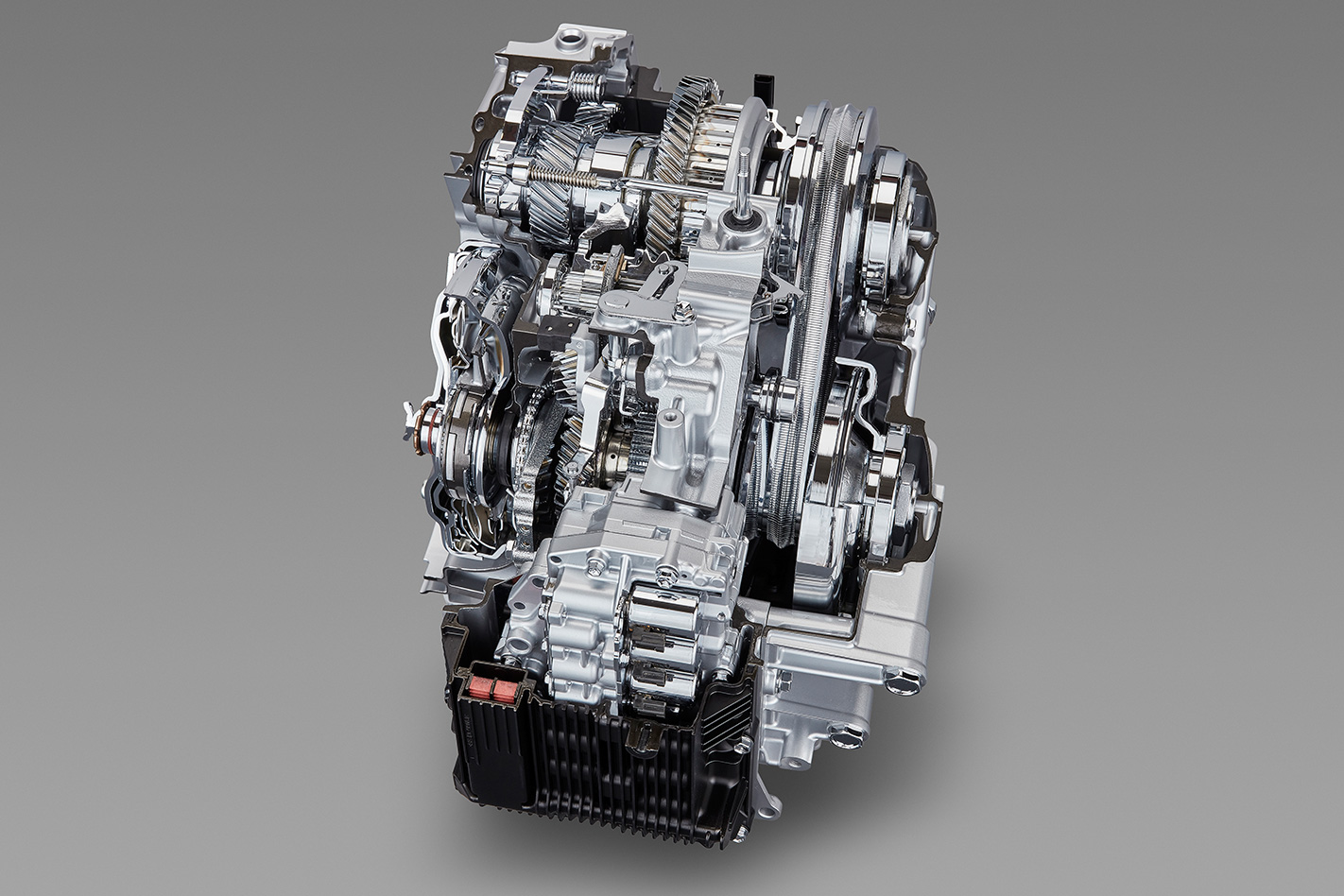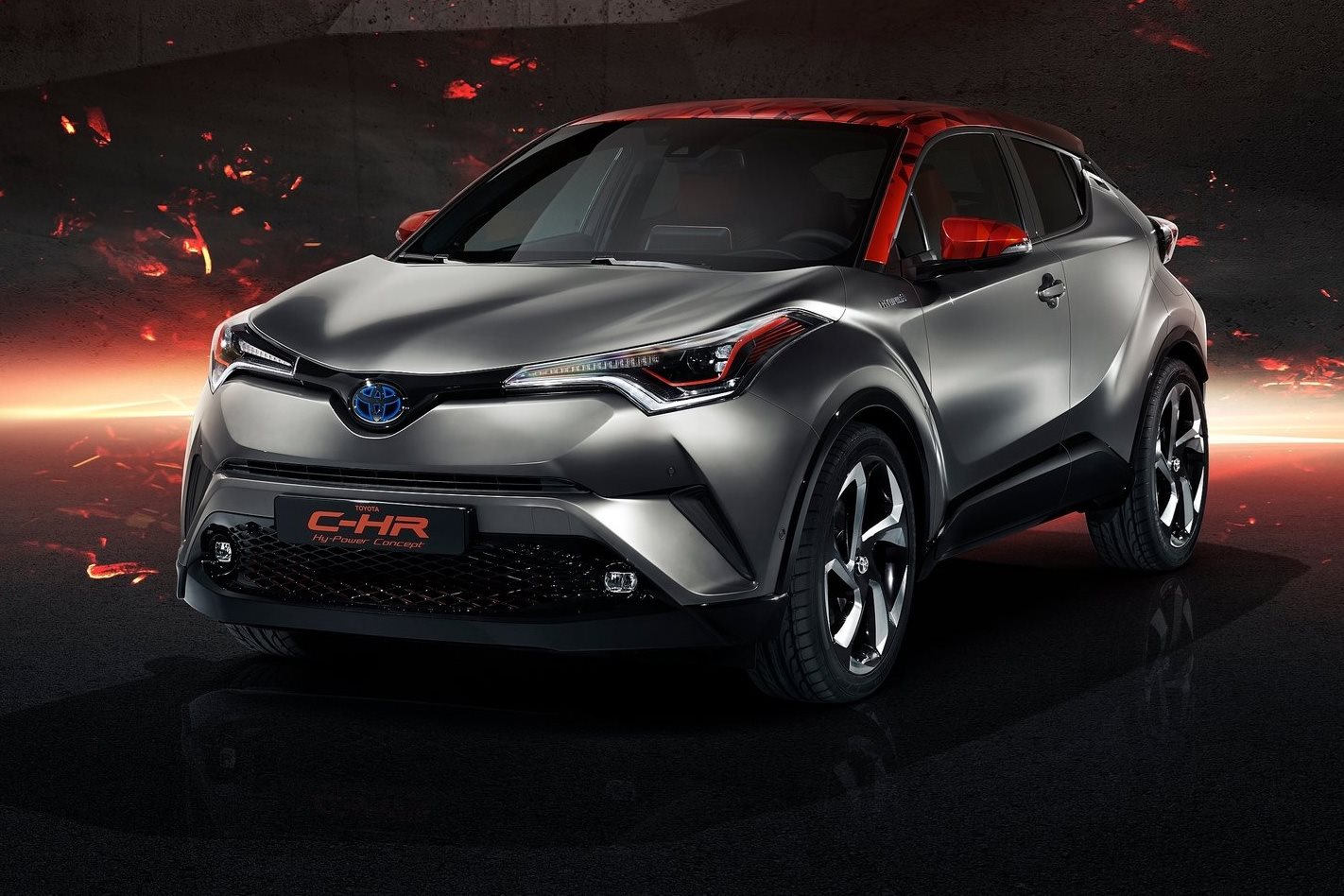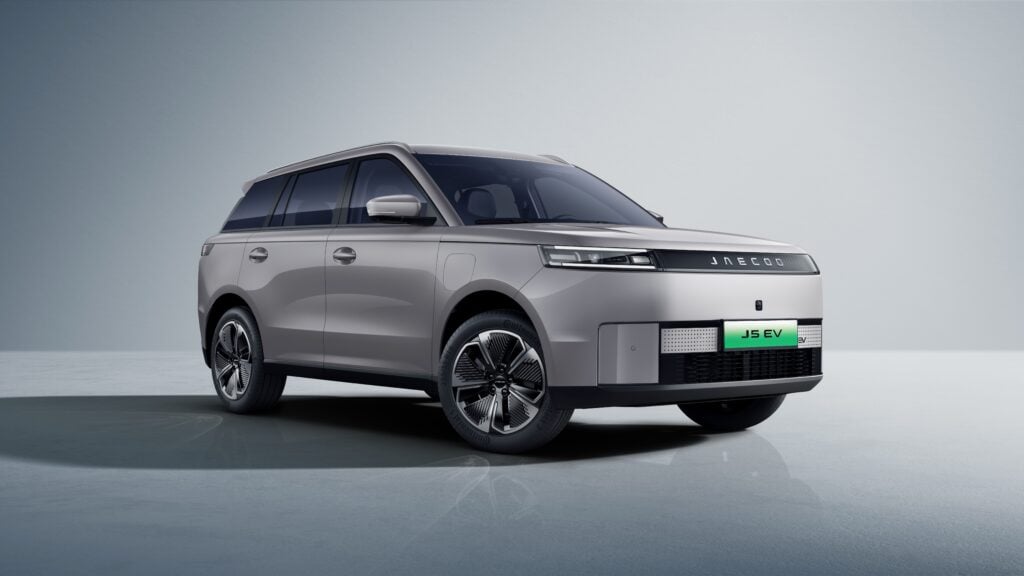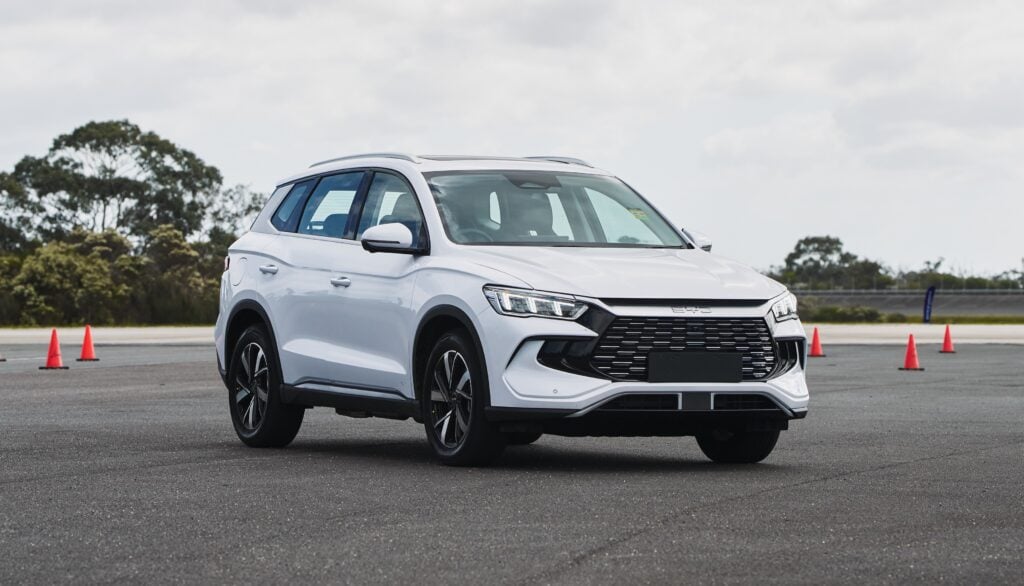TORQUE vectoring. Rev-matching throttle blips on downshifts. Torquey hybrid drivetrain. Reads like a pretty good mix, right? And it’s all coming to future Toyota and Lexus passenger cars.
Toyota has teased a raft of upcoming technologies optimised for its Toyota New Global Architecture, the next-gen platform that already underpins the Camry, Prius and C-HR, and by the end of this year, the all-new Corolla.
And it’s a pretty good read, with a torque-vectoring all-wheel drive system – including an electric rear axle in hybrid applications – a tooth-geared version of a continuously variable transmission that consigns step-off lag to the history books, and best of all, a new generation of six-speed manual transmission.
There’s also a new 2.0-litre engine replacing the 1.8 that promises a better spread of torque, as well as improved integration with the hybrid system.

Let’s start with the most boring bit first. Toyota has added a single gear to its continuously variable transmission to help the stepless auto fight for the traffic-light sprint line honours.
One of the drawbacks of the CVT is its inability to react quickly to changes in speed – braking hard from an urban speed and then stomping on the accelerator will leave even the best CVT systems struggling to readjust the ratio in time.
However, as part of its optimisation for the new architecture that includes a big overhaul of the car maker’s 2.0-litre engine, the CVT adds a “launch gear” that steps in to provide direct drive at low speeds, removing the lag that CVTs experience on step-off.

There’s a knock on-effect, too, with the launch gear reducing the input loads on the transmission, meaning the pulleys don’t need to be as big. Combined with the narrower vee, Toyota claims shifting speeds are 20 percent faster than before.
Toyota’s six-speed manual gearbox also comes in for a TNGA-related overhaul. It has shed 7kg compared with the one it replaces, and is 24mm shorter, with Toyota now claiming it is one of the world’s smallest self-shifters. It also comes with rev matching on downshifts.
Both gearboxes will mate with a “Dynamic Force” 2.0-litre direct-injection engine that’s also optimised for hybridisation.
Expected to displace the 1.8-litre unit under the bonnet of the current Toyota Prius, the car maker has taken all the bits it learned about thermal efficiency and variable valve technology and made the upsized donk more torquey right across its rev range.

Adding weight to the performance promise is the torque vectoring system. When cruising it can disengage the ratchet-type dog clutches on the front- and rear-wheel shafts, allowing the vehicle to drive like a dedicated front-wheeler.
Toyota says it will start adding the TNGA-optimised features to its passenger car line-up almost right away, improving fuel efficiency by about 18 percent.
The engines and gearboxes are the first four components Toyota has optimised for the new TNGA platform. Once completed, it will have expanded to 17 versions of nine engines, 10 versions of four transmissions, and 10 versions of six hybrid systems.





